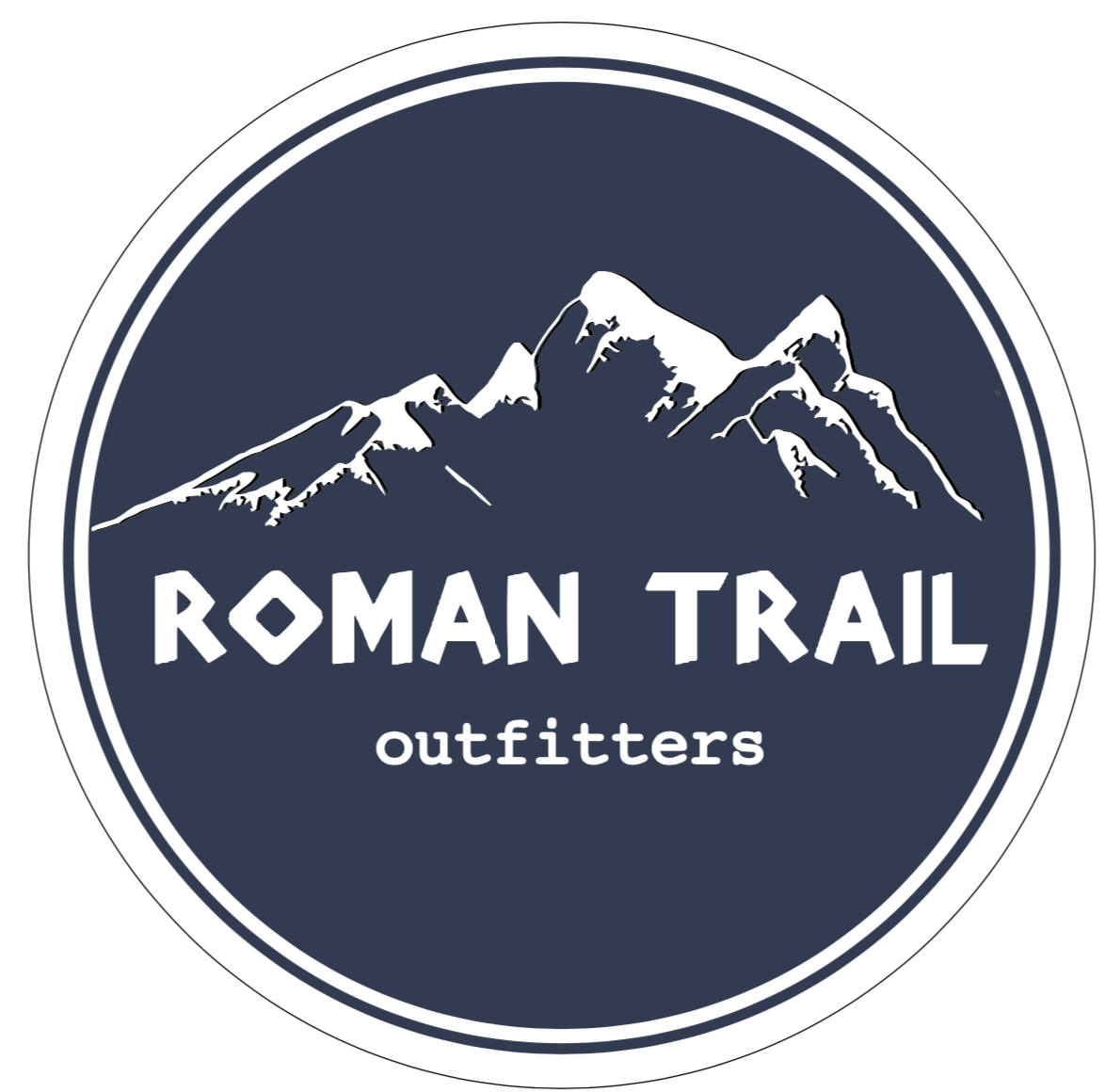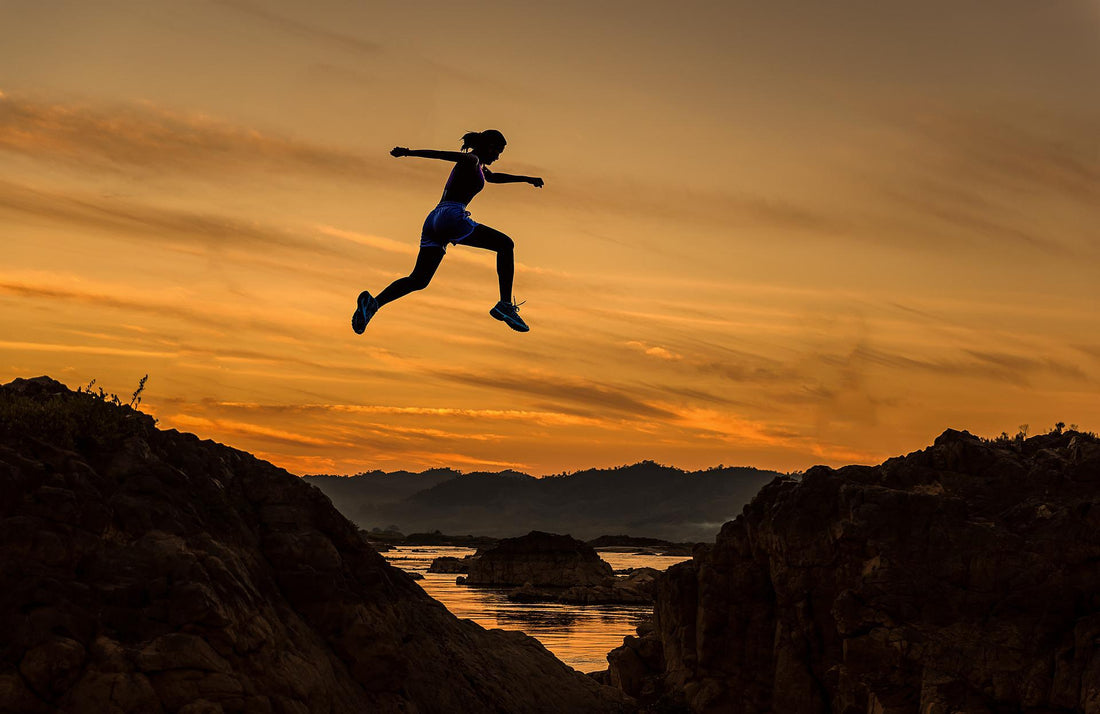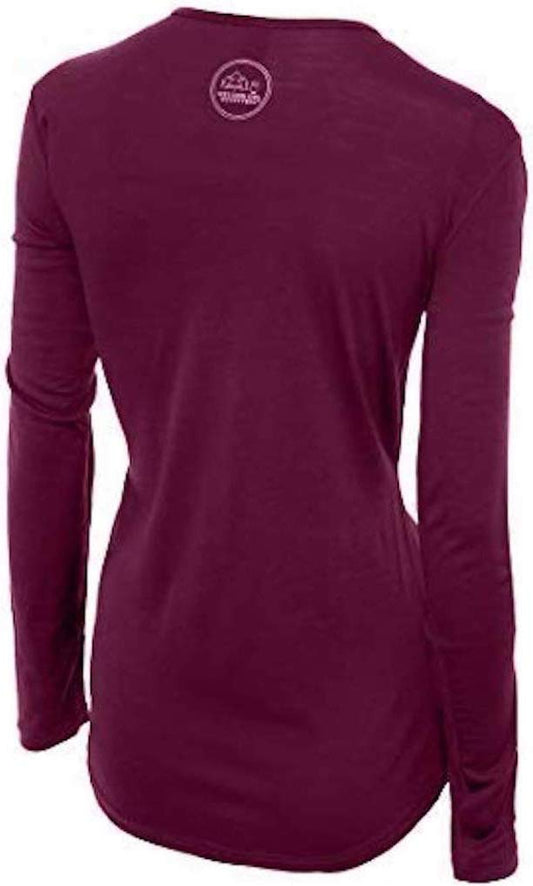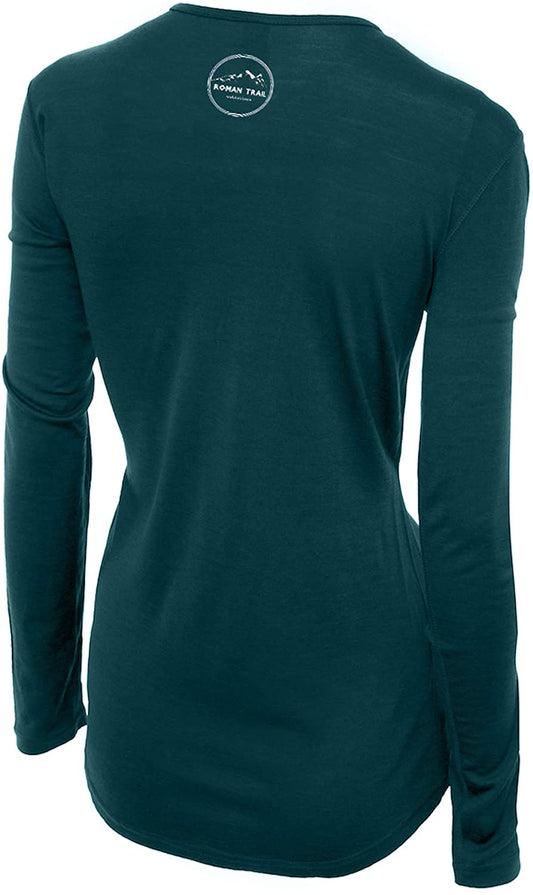There is nothing like an early morning trail run. Personally, these runs are where I can clear my head and forget anything that is bothering me, at least for a little while. So whether you are looking to trail run with a group of friends, or run solo as I do, here are a few suggestions on making your next trail run epic.
Tip 1: Picking the Right Gear
When getting ready for a run, making sure that you have the right gear should be your first step, check out a few of our suggestions.
Shoes
Unlike your regular road shoes, the shoes used for trail running look slightly different. A trail running shoe will have more tread to accommodate the uneven terrain and trail conditions. In addition, the bigger tread on the soles provides more stability with each stride.
Clothing
Focusing on sweat-wicking shirts and socks made from materials such as Merino wool will help keep you comfortable and dry. Since running has the potential to produce friction that could potentially lead to chaffing, sweat-wicking clothing is a must. Cotton clothing should be avoided.
Also, it is essential to take note of how your clothes fit. Your most oversized sweatshirt or sweatpants are not what you want to wear while trail running, especially if running downhill. Baggier clothing opens the door to getting snagged on vegetation depending on the trail maintenance and could result in a nasty spill.
For longer runs, layering is ideal for keeping you feeling your best. A Merino wool base layer is a fantastic starting piece for any season. The weather should also be considered to know what to wear or pack. Lightweight shell jackets are perfect protection from those afternoon rainstorms in the summer.
Water
Even if you are planning on only going for a short run, it is crucial to bring enough water. Using a Camelbak or a waistpack can help you stay hydrated. If you are going for a longer run, where you want to bring other gear, a Camelbak is excellent since you can store additional items in the pack. However, this type of pack will bounce with each stride. If I plan to run on a trail with heavy traffic, I will often opt for a waistpack since they do not bounce, and I do not need to bring as much gear.
Food
If you only plan on being gone for a shorter trail run on a well-traveled path, then you probably don’t have to worry about packing food. But for those runs that will be longer, it is an excellent time to bring something to fuel your body. Some options include gels, bars, or electrolyte chews. Personally, I like the Jelly Belly Sports Beans since they taste great, feel like a treat, and supply my body with what it needs to finish my run.
Other Gear
Your gear needs might differ depending on how long you plan to kill it on the trail. A sports watch with GPS is a great start, but packing a compass, map, and first aid kit for longer, more remote trails is what we recommend. While you might be more concerned with your clothing choices, it is vital to remember that skin protection should also be at the top of your list. Wear sunscreen every season.
Tip 2: Know Your Trail
No one wants to get lost or encounter terrain they were not expecting. Therefore, it is essential to research the trail to understand the landscape better and gauge how long it will take to complete your run. Check out our article on how to pick the right trail.
Tip 3: Keep Your Form in Check
Since tails are not as flat and smooth as running on pavement, running form needs to be on point. Remember to shorten your stride to help maintain your balance. Unfortunately, leaning too forward or backward can cause balance issues and result in a fall. It might be tempting to take a longer stride, especially when running downhill and the terrain seems relatively smooth, but trails can change quickly. Like with any workout, as we get tired towards the end, it becomes harder to maintain proper form as our muscles continue to fatigue. So keep an eye on your form, especially closer to the end of your run.
Should You Run Alone?
The decision to run with someone or on your own is entirely up to you. Although I know that we have all been told it is safer to run with a buddy, it can still be done safely with a few tips. One of my favorite trail running locations to run solo includes a 7-mile run in Del Mar, California. I loved running early in the morning since the trail was quiet, and my session ended with running on the beach, watching the fisherman, and listening to the waves crash along the shore. Here are a few tips I always follow on my solo trail runs.
- I shoot one of my friends a text before I start my run and after, just in case something happens.
- I carry my cell phone.
- I hike the trail multiple times to ensure I am familiar with the terrain and know what to expect.
- I carry mase. Depending on the trail run location, it might be regular or bear mase.
- Finally, as much as I love to listen to music while working out, I only use one earbud or none at all on the trail, so I remain alert.
Not sure if you are ready to lace up and trail run alone? No problem! Find a friend or join a local running group.
Bottom Line
Trail running is an empowering workout as it is beneficial not only physically but mentally as well. There is something about the fresh air, sounds of nature, and the ability to challenge your body on the trail. With some preparation, trail running might become your new favorite activity.
________________________________________________________
About the Author
Katie Pierson
Katie is the creator of MT Girl Fitness and a freelance writer with a passion for the health and wellness industry. She has been a certified health and fitness professional for almost twenty years. She currently holds ten certifications and looks forward to sharing her passion for health and wellness with you.





